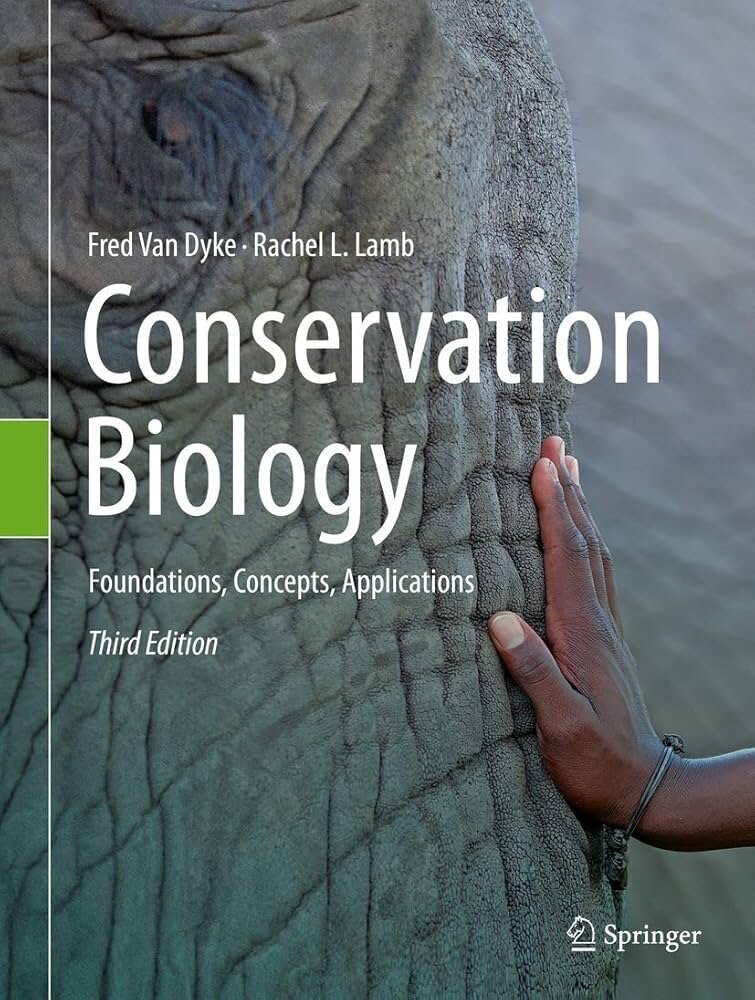Effects of climate change and El Niño anomalies on historical declines, extinctions, and disease emergence in Brazilian amphibians
Amphibian declines, linked to climate change and disease, pose a global challenge, yet their primary drivers remain debated. We investigated the historical decline of Brazilian amphibians by assessing the influence of climate change, extreme weather events, and the chytrid fungus Batrachochytrium dendrobatidis (Bd). Our analysis encompassed 90 amphibian species over more than a century (1900–2014). We integrated historical climate data—including El Niño anomalies and Southern Hemisphere temperature records—with documented extreme weather events and amphibian population trends. We used Granger causality tests to assess the potential of various factors to forecast anuran population declines and extinctions in Brazil and structural equation models to evaluate the relationships between the variables of interest. We identified gradual climate change and extreme weather events, particularly El Niño-driven temperature anomalies, as the primary drivers of amphibian population declines in Brazil. The structural equation models supported these findings and showed that climate-driven stressors significantly contribute to population crashes and increase Bd infections. However, Bd infections peaked years after population declines, suggesting that the fungus acts as an opportunistic pathogen rather than a primary driver of amphibian losses in Brazil. These findings challenge the prevailing view that Bd is the main cause of declines, instead highlighting climate anomalies and extreme weather events as the predominant factors.
FERRANTE, LUCAS; BACCARO, FABRICIO BEGGIATO ; KAEFER, IGOR LUIS ; DIELE'VIEGAS, LUISA MARIA ; GETIRANA, AUGUSTO ; HADDAD, CELIO FERNANDO BAPTISTA ; SCHIESARI, LUIS CESAR ; FEARNSIDE, PHILIP MARTIN . Effects of climate change and El Niño anomalies on historical declines, extinctions, and disease emergence in Brazilian amphibians. CONSERVATION BIOLOGY, v. 39, p. e70024, 2025.


